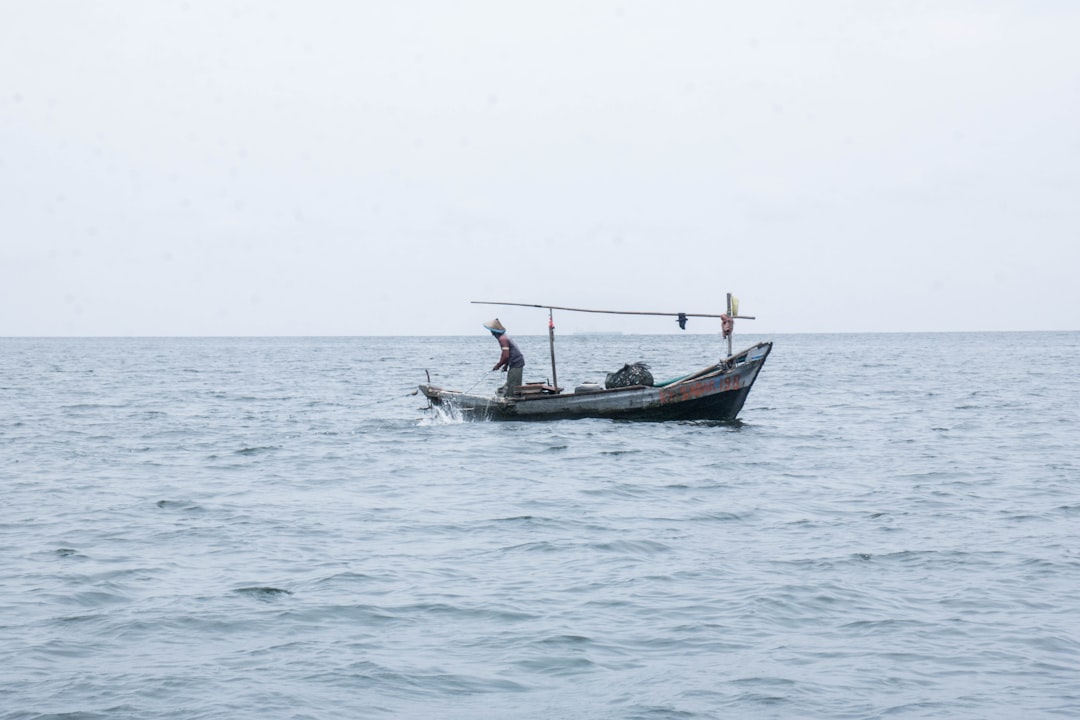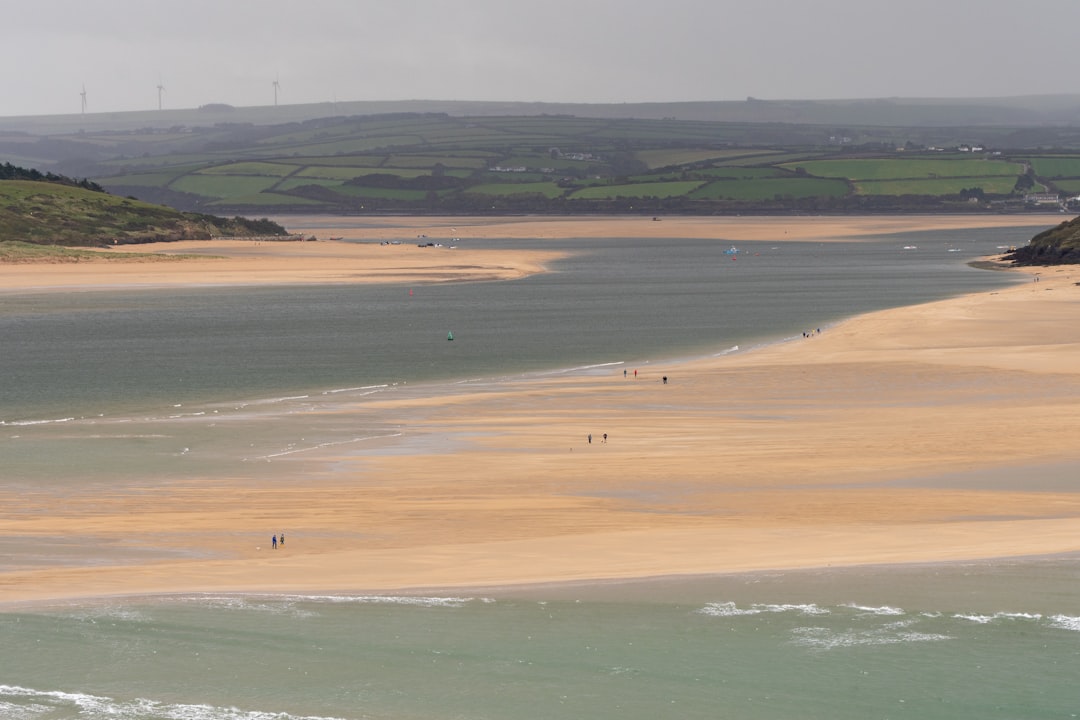What is it about?
This article is motivated by several recent observational studies that show strong variations in the amplitude of small-scale turbulence in the upper Equatorial Undercurrent (EUC) in response to the presence of Tropical Instability Waves (TIWs). The turbulent heat flux is a critical component of the mixed layer heat budget in the equatorial cold tongue region and thus we would like to understand 1) what process is driving these variations and 2) what is its net impact on the heat budget. Using a high-resolution ocean model and a novel Lagrangian vorticity dynamics analysis we show that the variations in turbulence are driven by variations in the vertical shear of the EUC induced by the TIWs. The lateral strain of the TIW velocity field acts to alternately stretch and squash the horizontal vorticity vector associated with EUC vertical shear resulting in variations in the Richardson number above the EUC core. Furthermore, using a simple one-dimensional mixing model we show that these variations result in a rectified net increase in the turbulent heat flux and thus additional surface cooling.
Featured Image
Why is it important?
This article provides a mechanistic understanding of the interaction between TIWs and turbulent mixing in the upper EUC, an interaction that that has only recently been observed. TIWs are typically thought to drive a net warming of the equatorial cold tongue through their lateral heat fluxes. However, our results suggest that their influence on the vertical turbulent heat flux may partially compensate for their lateral warming, reducing their overall impact on the heat budget. In addition, we found that the influence of TIWs on the net turbulent heat flux was sensitive to the form of the parameterization for interior shear instability included in the model. We emphasize that the curvature of the parameterization schemes diffusivity-Richardson number relationship is the critical parameter that determines the rectification effect. These results therefore have implications for the mixed layer heat budget and the role of TIWs in that budget in ocean models utilizing different parameterization schemes.
Read the Original
This page is a summary of: The Modulation of Equatorial Turbulence by Tropical Instability Waves in a Regional Ocean Model, Journal of Physical Oceanography, April 2015, American Meteorological Society,
DOI: 10.1175/jpo-d-14-0209.1.
You can read the full text:
Contributors
The following have contributed to this page










